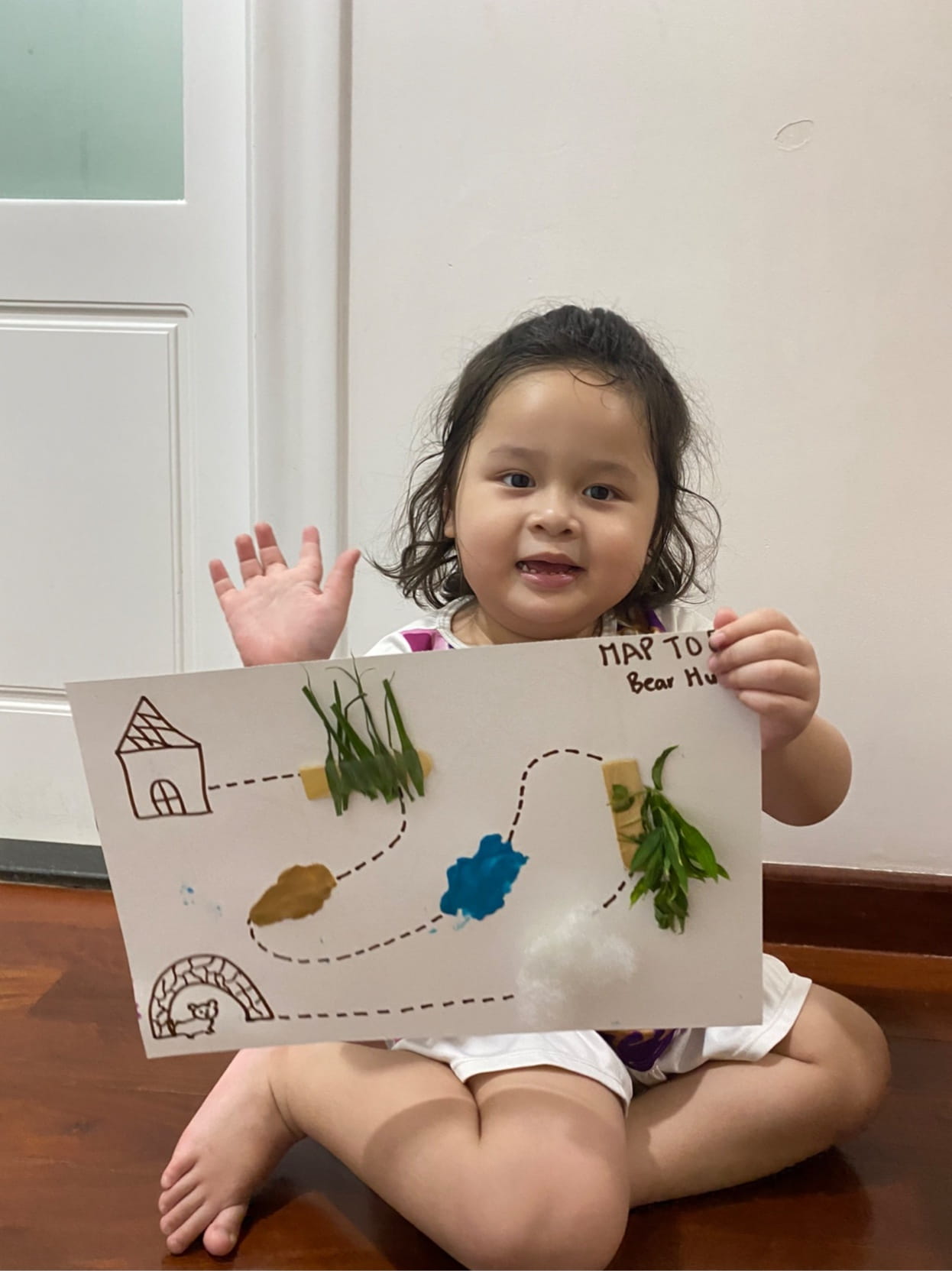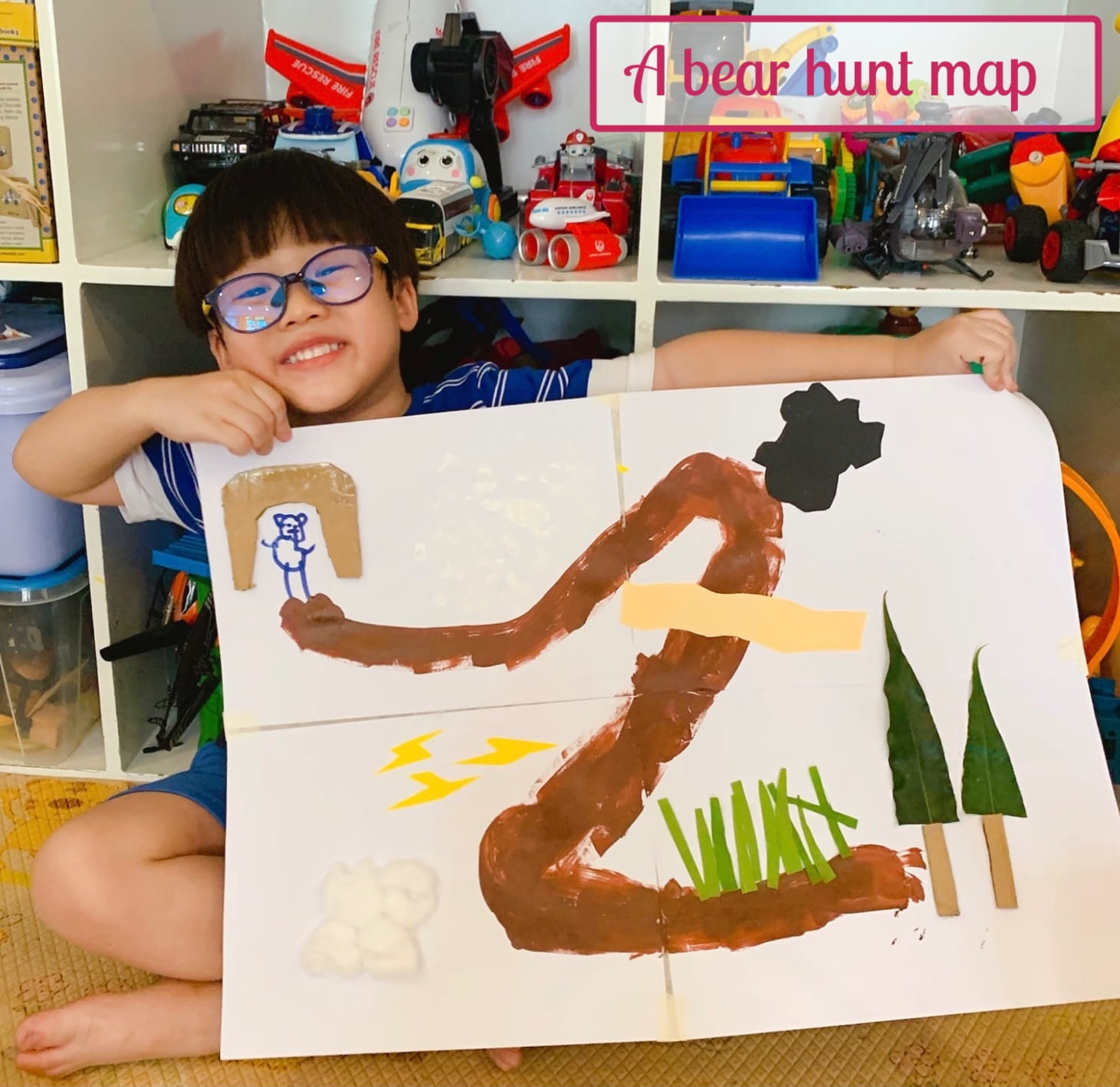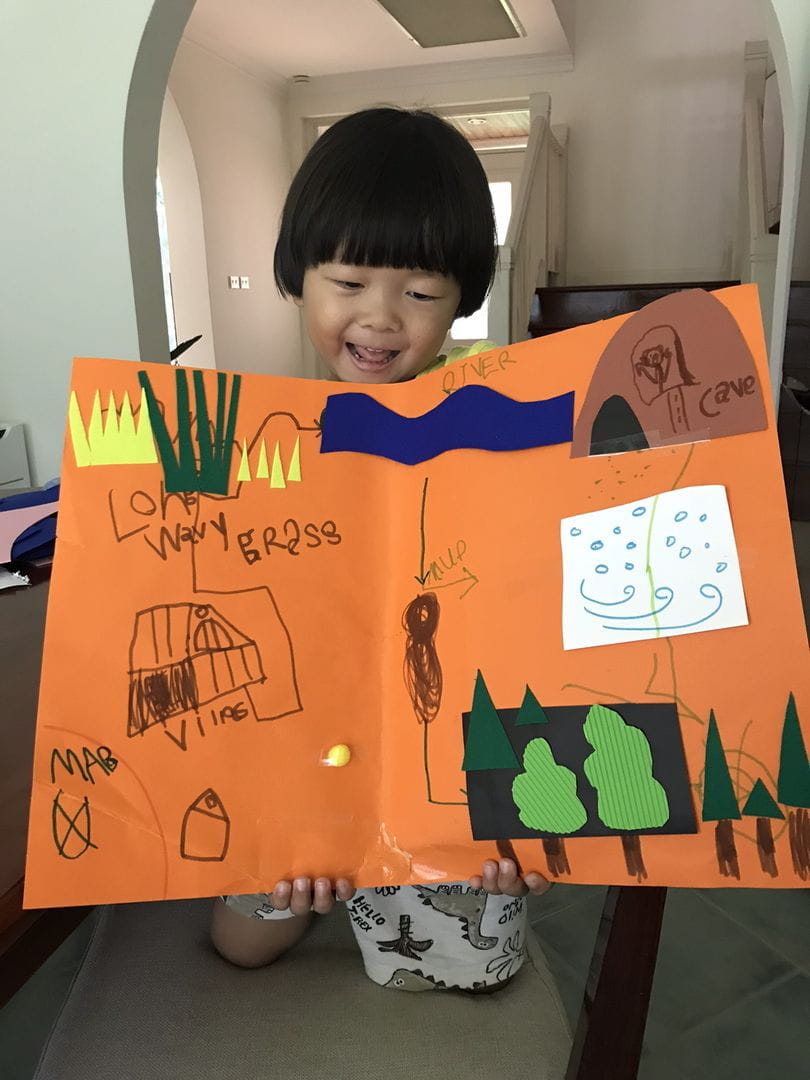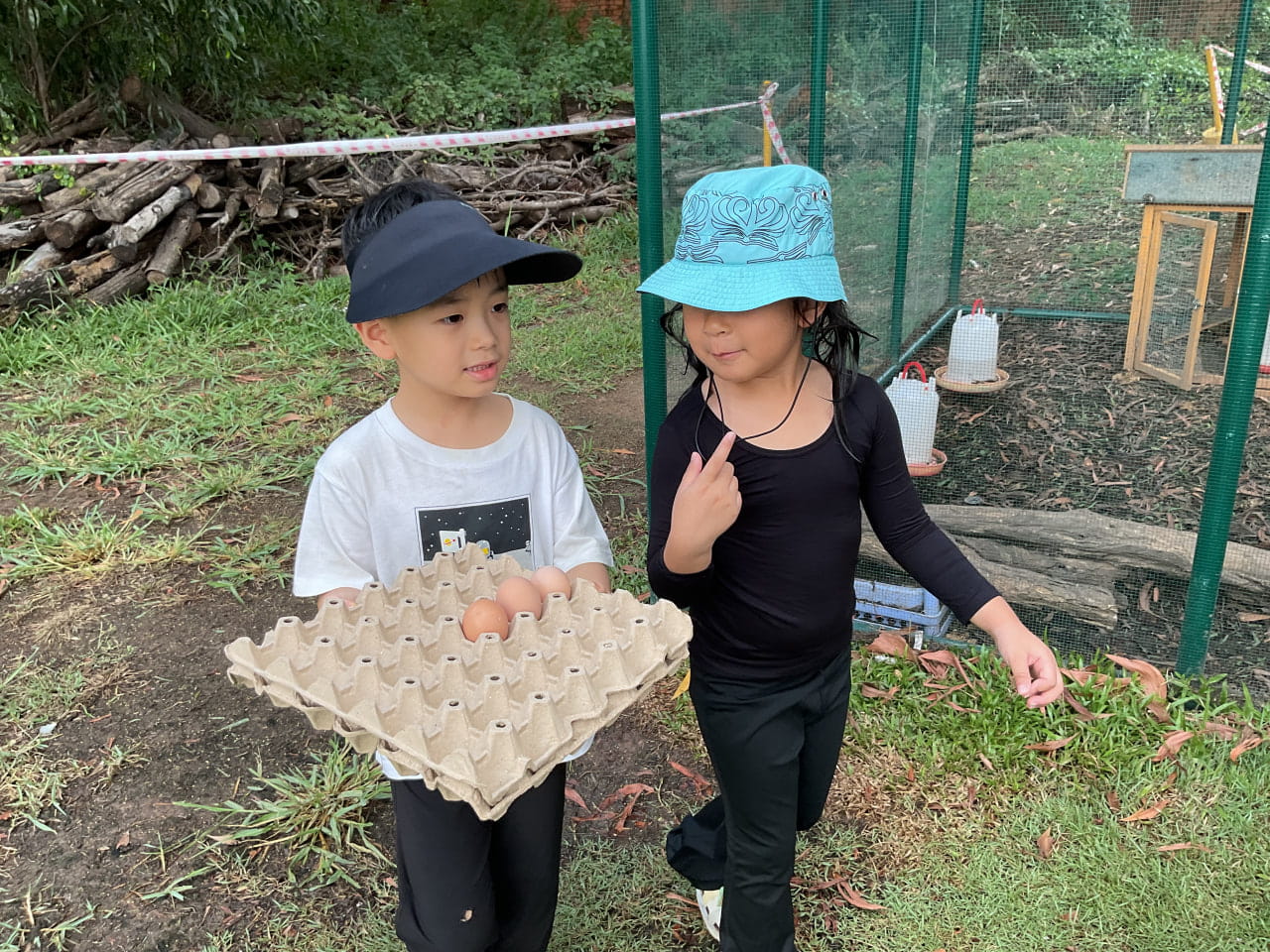The role of storytelling in early literacy development at Northbridge Storytelling plays a fundamental role in the development of early literacy at Northbridge International School Cambodia, as it helps to establish a strong base for building literacy skills, reading, and writing.
Storytelling plays a fundamental role in the development of early literacy at Northbridge International School Cambodia, as it helps to establish a strong base for building literacy skills, reading, and writing.
Through storytelling, children are exposed to a range of language, vocabulary, and phrases. It also provides opportunities for children to develop their language skills by building vocabulary and sentence structures.
Children are given opportunities to understand word play such as rhymes as well as exposure to symbol-sound correspondences which are vital for reading and writing in the later stages of literacy development. Storytelling helps build the bridge between the oracy skills that children have established and helps to further develop their literacy skills.

Here are just some of the more important benefits of storytelling:
- Enhances communication skills through expressing ideas and feelings and asking questions.
- Reading stories connects words with meaning and inspires children to want to learn to read and write their own stories.
- Story retelling helps with comprehension, memory, sequencing, and engagement.
- Fosters a child’s imagination and creativity and expands their ideas.

This semester in EL3 we have been creating story maps or text maps to further develop these early literacy skills and to incorporate storytelling into our daily teaching and learning.
Story maps or text maps are a concept taken from Pie Corbett’s Talk 4 Writing approach. The story maps are drawn in front of the children to aid visual memory and to allow the children to “see” the plot of the story. Turning the words into graphic representations aids memory and allows the children to learn the text orally. It also enables them to hear it, say it, draw it, see it and perform it.

The EL3 students have been creating story maps at home to learn traditional tales, as well as other well-known children’s stories. This is a wonderful way for the children to internalise and learn the stories and helps in developing many areas of literacy.
The children have used symbols or pictures as prompts to retell the story to family members and teachers. The children then practice the stories by retelling the story through the map, incorporating drama, and some even creating their versions of the story.
We are so pleased to see what great language, creativity and imagination has emerged from creating story maps at home.










